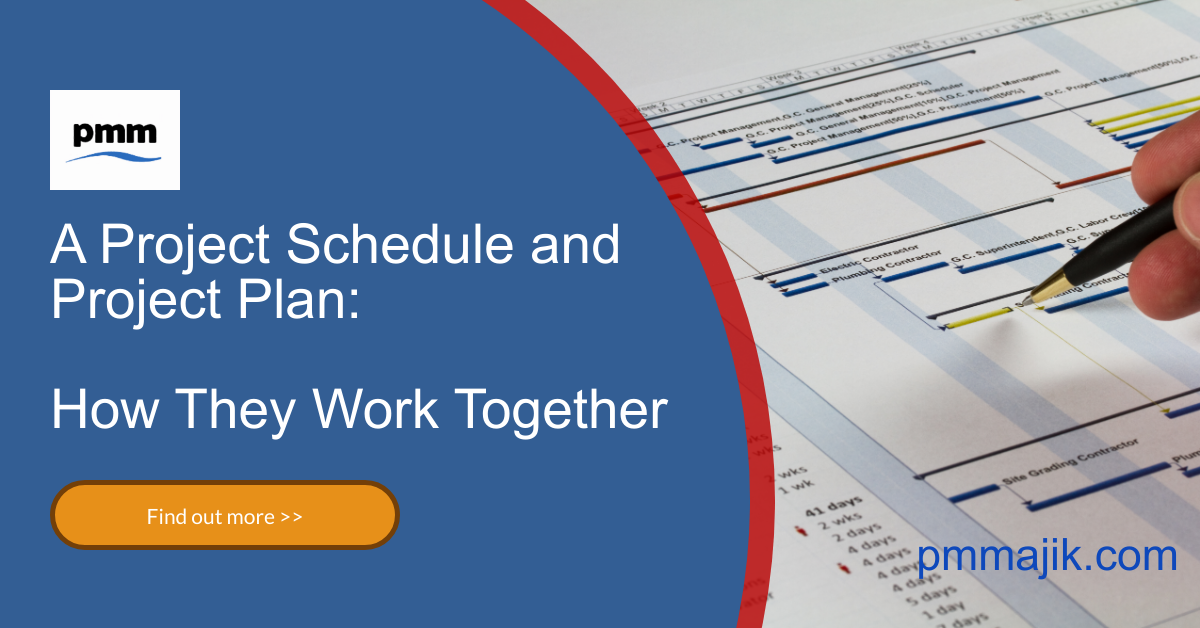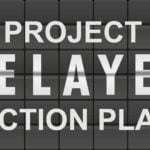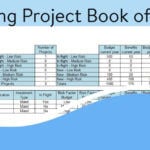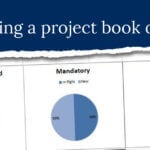Before another project under your project management office (PMO) kicks off, there is a lot of preparation to complete. Having a project schedule and a project plan and knowing how they work together will make projects run smoothly.
Your PMO should have a framework for both project scheduling and project planning. Both activities are vital to successful project delivery and somewhat depend on each other to be successful.
To help you implement a new project scheduling and planning process or revamp one that isn’t working, we’re going to look at:
- What goes into a project plan
- Creating a project plan
- The key differences between a project plan vs project schedule
What is a project plan?
A project plan is a formal document drawn up by the project manager that outlines a range of project inputs. In a project plan, you can expect to find:
- The projected budget and spending plans
- A complete project risk assessment
- All the resources that will be required
- The project methodology that’ll be used
- The complete scope of the project
- The objectives and goals of the project
All of this information should ensure that everything is ready for the project and nothing unexpected will come up.
Project planning can take a lot of time and requires input from lots of people so that the project manager can get it right.
The project plan needs to be checked and signed off before a project can begin. Getting approval from the plan from stakeholders should ensure issues like scope creep or budget overrun don’t occur.
What is a project schedule?
A project schedule is a living document that outlines exactly when each project activity will be completed. It includes dates in a calendar and shows the sequence of a project’s delivery.
The focus here is on the when, rather than the how or why of a project. All of the activities in a project are mapped and put into a sequence. This helps your PMO and the project manager understand the dependencies within the project, such as which piece of software needs to be coded before an alpha test can start.
Your project schedule can also help draw the critical path to project delivery. The critical path of a project shows exactly what has to happen within a project for it to be completed, and we’ll look at this in more detail in another post.
Project schedule vs project plan: what’s the difference?
There are a few differences between a project schedule and a project plan. The main one is that a project plan is a kick-off document that shouldn’t be changed – although it can be added to. The project schedule can evolve and be amended based on how the project is progressing.
Other significant differences between project planning and project scheduling include:
- A project plan gives an overview of what a project needs; a schedule details when activities will be completed.
- A plan comes first in a project lifecycle; you need to project plan to know what needs the scheduled.
- A plan is organised into a range of areas like risks and resources and will take the form of lists; a schedule is presented in a calendar format, usually a Gantt chart.
- A plan tells you what needs to be done to achieve project goals; a schedule tells you when each of the resources are going to be needed and for how long.
Both of these documents are dependent on each other to a certain extent. Certainly, a project schedule can’t be drawn up without knowing what the plan for the project is.
Within the plan, there does need to be an understanding of timeframes. There will be a deadline baked into the project plan that will come from the client, and attention needs to be paid to keeping the project plan achievable within the imposed deadline.
How a project plan and project schedule work together
During the discovery phase of planning a project, a project schedule can start to be considered. When working with stakeholders to understand the resources needed, questions about how much time each activity will take should be captured.
Just like a project plan should be confirmed by the people involved and signed off by the project sponsor and stakeholders, the schedule should be checked to ensure that it’s achievable.
Understanding how a project plan and project schedule work together can make designing new processes for both much easier and less time-consuming.






